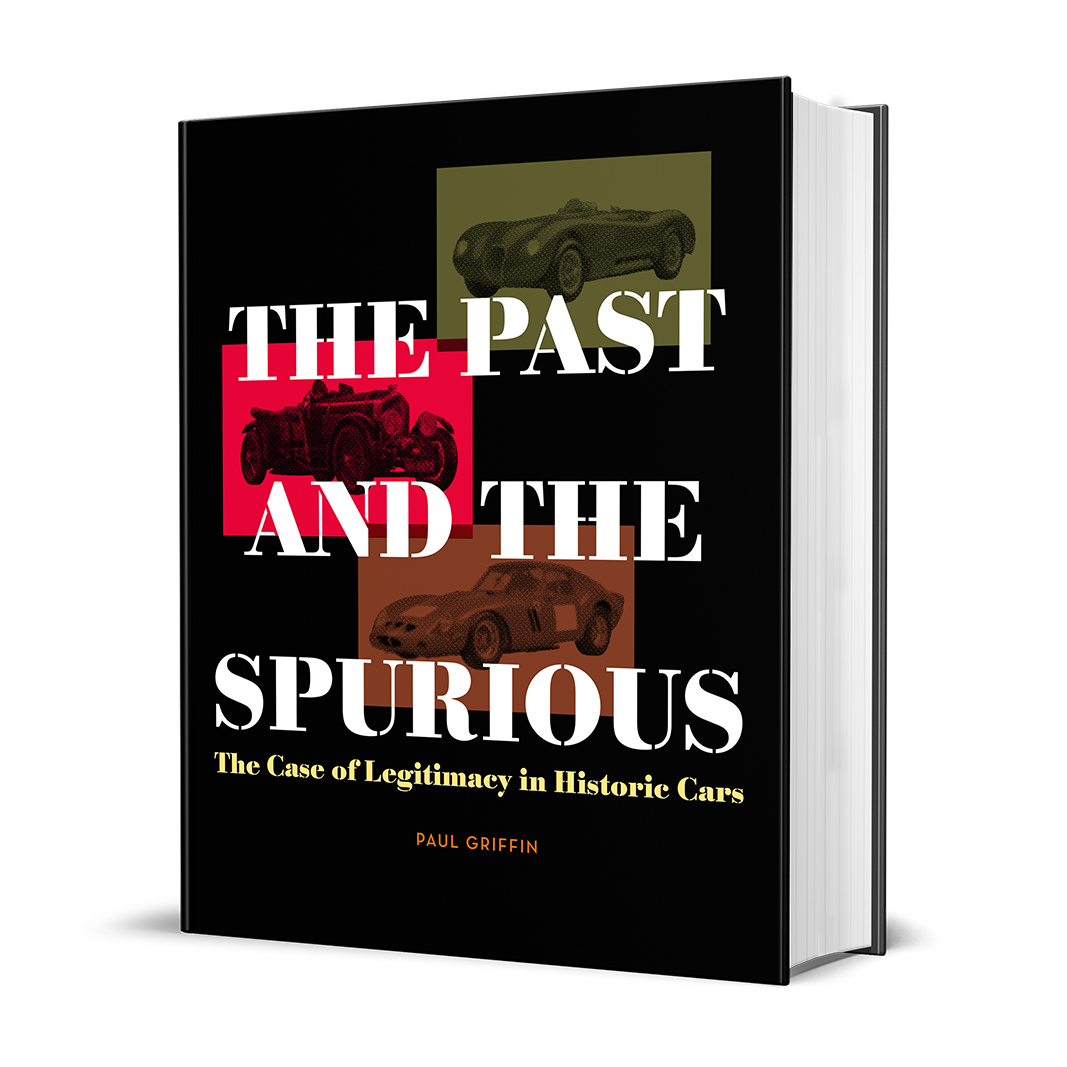
The third MSMT newsletter was distributed via email in December 2022. It contains items covering MSMT activity for 2022, The proposed MSMT Self-publishing Conference for Autumn 2023, The Rise of the Mega Book, The History of the Classic Car Movement, Better Pictures for Your Book and the Third European Conference for Automotive History. If you did not receive an email copy, the newsletter is available on this website under the News and MSMT Newsletter dropdowns/tabs. To be added to the future email distribution please send your email address to msedgwickmt@gmail.com. There is a limited amount of space available in each MSMT newsletter and that results in a number of articles not making the cut. This is one such article which was destined for the third newsletter which was distributed in December 2022.
This book review is of a title of which the MSMT was aware during its preparation and a number of Trustees have advised on how to bring the project to fruition. The subject however does not fall entirely within the Trust's remit and no formal support has been given. This review is by the Trust's Chair, Ray Hutton, a former editor of Autocar and a prolific contributor to magazines and Porter Press.
THE PAST AND THE SPURIOUS - The case of legitimacy in historic cars
The Past and the Spurious: The case of legitimacy in historic cars, published by Griffin Press at £75, is a most unusual book. At a glance, it seems like just another history of motor racing, profusely illustrated with some of the finest photography and artwork, but actually it is a history of the historic car movement and the problems created by its increasing popularity and commercialism.
Paul Griffin, a lawyer and historic racer, is well qualified to discuss matters of authenticity and originality, particularly with regard to old racing cars, and does so at length (the book runs to more than 400 pages), presenting evidence and opinions from previous authors and experts and a series of legal case histories.
The first part of the book explores what constitutes an historic car, the arguments around restoration or preservation and the dilemma presented by cars built anew from genuine parts, modern replicas, and ‘continuation’ models from the original manufacturers. Then there is the matter of provenance. Do chassis and engine numbers match up to the maker’s records? Is this really the car that Fangio drove? These issues can determine eligibility for racing and prestigious classic car events and a car’s value in the booming classic car market.
This is followed by detailed summaries of court cases involving classic cars and their authenticity, values and trading. These are cautionary tales, some involving serious fraud, and there also notes on copyright and other protections for design, including Jaguar’s recent action against the makers of C-type replicas. The cases provide examples for the explanations of regulations and legal procedures included throughout the book, much of which is phrased like a legal text rather than an enthusiast’s read.
The author says in his introduction that his book ‘is intended to be a good read as much as a reference book’ and up to a point it is. There can be no doubt of his knowledge of and enthusiasm for motor sport history but some readers may baulk at the scattering of references to classical Greek scholars and wonder why there are chapters devoted to Griffin’s favourite racing drivers and philosophical thoughts on heroism and life-and-death sport.
The final chapters seek to bring conclusions but, being a lawyer, Griffin summarises the evidence and arguments without providing many answers. In the end, the main value of this book is to guide intending buyers through the minefield of the classic car business by learning from the misfortunes of others.
Ray Hutton